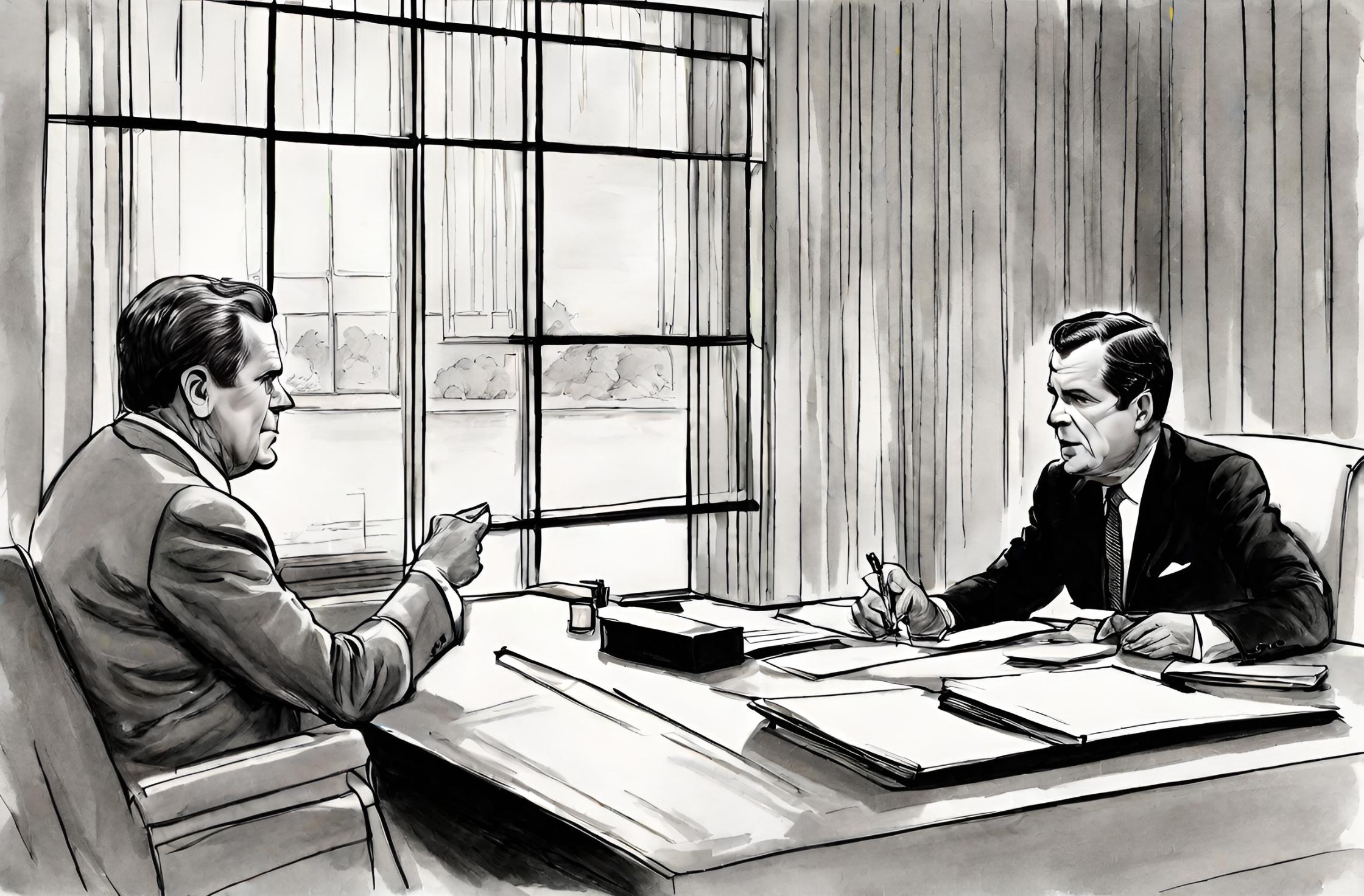Flashback to November 8
American History

The World’s First Submarine Attack launched by the American Submersible Craft Turtle may not be a well-known event but it’s an essential part of maritime history. It was a game-changing moment in naval warfare, marking the first time that a submarine was used in an assault. This daring attack took place on September 7, 1776, in the throes of the American Revolutionary War, within the confines of New York Harbor. The target? The British flagship HMS Eagle.
The Turtle, representing an incredible feat of engineering for its time, was the ingenious brainchild of American inventor David Bushnell. Built specifically for warfare, it was not only the world’s first military submarine, but also the first vessel of any kind that could move independently underwater. While the rudimentary materials and complex physical demands of underwater navigation posed significant challenges, the Turtle’s hatch seal, depth control, and propulsion mechanisms were all advanced for the era.
Everything about that day in 1776 redefined maritime warfare. The sheer audacity of the attack, the sophistication of the technology, and the tactical foresight that went into the operation is a testament to American innovation and bravery. Nothing like this had ever been attempted before in the history of naval warfare, which made it a groundbreaking endeavor.
Up until then, naval warfare was largely constrained to ship-to-ship artillery engagements or boardings. Submarine technology introduced a new dimension to naval warfare and although the Turtle’s attack on the HMS Eagle did not meet its intended destructive goal, it undeniably paved the road for the future of submarine warfare.
Factual accounts reveal that Sergeant Ezra Lee, a volunteer in the Continental Army, maneuvered the Turtle underwater in the dead of night. Once in position beneath the HMS Eagle, Lee attempted to drill into the ship’s hull to attach a time bomb. The historic significance of this moment – the world’s first submarine attack – is profound. A submersible craft, carrying a single man armed with a primitive underwater drilling device and a time bomb, offered a glimpse into the future of warfare.
However, this pioneering effort was unfortunately not quite successful. The hull of the HMS Eagle was covered with a layer of copper sheathing, a measure used by the British to prevent marine biofouling. This unforeseen barrier thwarted Lee’s efforts to breach the hull and attach the explosive device. Despite this setback, Lee managed to resurface and escape without detection, demonstrating the potential for stealth attacks in future submarine warfare.
Despite the unsuccessful attack, the Turtle’s historical significance cannot be understated. Its existence and operational use during the Revolutionary War were confirmed by both Bushnell and the British officers who perceived, albeit without full understanding, the threat from beneath the waves.
The World’s First Submarine Attack, as remarkable as it was, heralded a new era in naval warfare. Subsequent decades saw substantial improvements in submarine technology, making underwater warfare a critical aspect of naval strategy. Today, submarines serve as an integral component of modern navies and the story of the Turtle attack serves as an essential chapter in United States history, demonstrating American military innovation and courage under pressure.
While not successful in its mission to sink the HMS Eagle, the Turtle’s attack was undeniably a turning point in war tactics and clearly illustrated the potential of underwater capabilities in warfare. This iconic moment was just the first step in a historical journey that would shape naval warfare forever. By revisiting this grand chapter of history, we pay tribute to this audacious attempt that laid the groundwork for contemporary submarine warfare.
We strive for accuracy. If you see something that doesn't look right, click here to contact us!
Sponsored Content

John Kennedy beats Vice…
On November 8, 1960,…

Franklin Delano Roosevelt (Democrat)…
"Franklin Delano Roosevelt, a…

American Civil War: The…
Experience the diplomatic tension…

